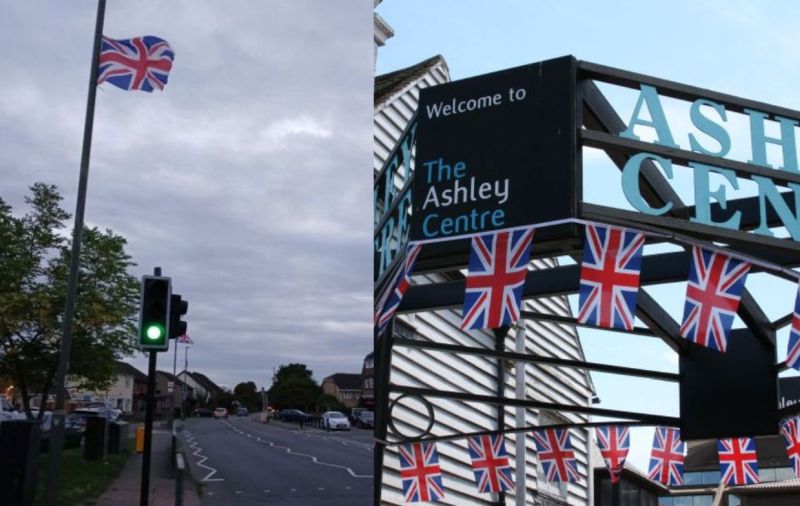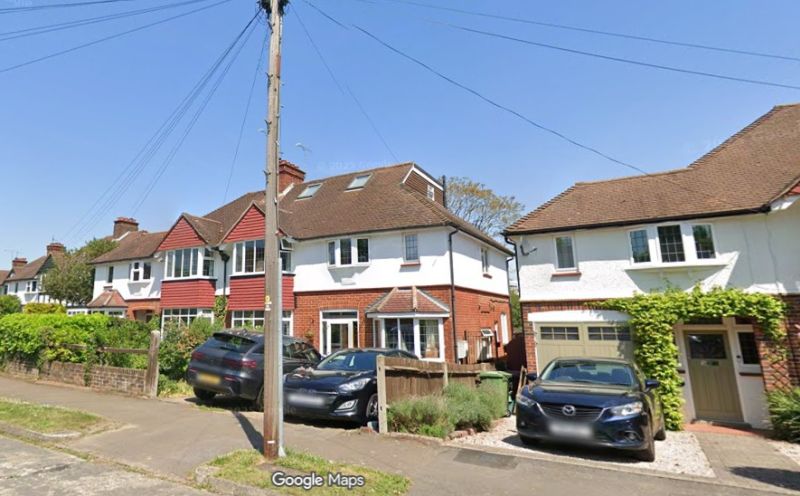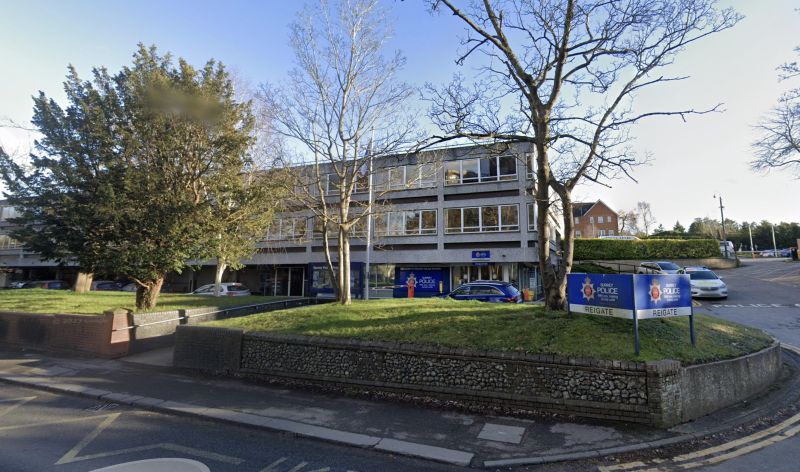Chris Grayling MP on new homes and biodiversity
Now that the local elections are out of the way, we all wait with interest to see what the Borough Council is planning to do about its controversial plan to build all over the green belt. I hope they will now think again.
The loss of green belt is not just about the loss of character in our area. It would also have a huge impact on local biodiversity. The loss of Horton Farm would have a knock on impact on the Common and Horton Country Park, with the loss of habitat for birds and animals which range across the whole area.
And that would come at a time when local authorities are expected to play a much more active role in the restoration of nature.
For half a century we have seen a sharp decline in native species in the UK. While a few have thrived, and nature is to blame for some of the decline – have you noticed how many more magpies there are around to empty the nests of smaller birds – the reality is that continuing development and the loss of habitat, alongside the use of pesticides, has made a huge difference.
I hope and believe that is now beginning to change. There are firm Government targets for the restoration of nature. Councils are obliged to have a Local Nature Recovery Strategy with real action plans in it. Developers will, from November, be obliged to build a plan for biodiversity net gain into their developments. That means if they take a way a habitat, they need to invest in developing another elsewhere. I hope that will narrow the cost gap between building on brownfield sites and just building on open fields.
The new system of agricultural support will also make a difference. Outside the European Union we have been free to develop an entirely different approach to supporting farmers, away from the constraints of the Common Agricultural Policy. The new UK approach will reward farmers for achieving a better balance between production and nature – for example by restoring hedgerows that were ripped out in the past, or by leaving much wider margins around fields where insects and small animals can flourish. Or by restoring the copses that so often stood in the middle of their fields, or the ponds that have so often disappeared.
In particular it will help the growing number of Nature Friendly Farmers around the country, who are taking an entirely different approach to agriculture with far fewer pesticides and by using what are called cover crops to stimulate the soil instead. Those who have already gone down this route are finding their costs fall, and often their profitability rises while they produce the same amount or even more food. A combination of more traditional methods with modern technology is really making a difference.
But in an area like ours where farming is only present on a limited scale, the importance of the open spaces as corridors through which animals can pass is of particular importance. From the borders of London in West Ewell to the M25, and across to the far side of the Downs and beyond, there are wide areas where local wildlife can roam. Deer in particular are thriving locally. You can often see them grazing in the fields between Epsom and Ashtead in the early evening.
We do need new homes. But we cannot just build at the expense of biodiversity. And in an area like ours, where there is an alternative to the Council’s controversial plan, we would be crazy not to take a different route.















